How to Create a Safe and Comfortable Home for Your Pet
How to Create a Safe and Comfortable Home for Your Pet
Welcoming a pet into your home is a joy, but their safety and comfort require thoughtful preparation. Unlike humans, pets perceive and interact with their environment differently, making seemingly harmless objects potential hazards. Creating a sanctuary tailored to their needs prevents accidents and fosters their well-being. Follow this comprehensive guide to transform your living space into a haven for your furry companion.
Securing the Physical Environment: Eliminating Hazards
The first step involves a meticulous, pet-level inspection of your home. Get down on your hands and knees to identify dangers lurking at their eye level.
Toxic Substances Lockdown:
Household Cleaners & Chemicals: Store all cleaning products, detergents, automotive fluids, pesticides, and fertilizers in securely locked cabinets, never under sinks or on low shelves. Opt for pet-safe cleaning alternatives whenever possible.
Human Medications: Keep all prescription and over-the-counter drugs in childproof containers inside closed medicine cabinets. Never leave pills on countertops or bedside tables. Pet pain relievers differ significantly from human versions.
Food Toxins: Chocolate, grapes, raisins, onions, garlic, xylitol (common in sugar-free gum/candies), caffeine, and alcohol are highly toxic. Ensure these are stored completely out of reach. Secure trash cans with locking lids.
Plants: Many common houseplants (e.g., lilies, sago palm, philodendron, pothos) are poisonous. Research every plant in your home and yard. Remove toxic species or place them completely out of access. Consult the ASPCA’s comprehensive toxic plant list.
Electrical & Cord Management:
Exposed electrical cords are tempting chew toys, posing severe shock or burn risks. Use cord concealers (like split-loom tubing or rigid cord channels), secure cords tightly against baseboards, or run them behind furniture. Consider bitter apple spray deterrents on accessible cords under supervision.
Small Object & Choking Hazard Removal:
Pets, especially puppies and kittens, explore with their mouths. Remove small items like coins, buttons, jewelry, hair ties, rubber bands, children’s toys with small parts, and batteries from floors and low surfaces. Pay special attention under furniture.
Furniture & Fixture Stability:
Designing Dedicated Comfort Zones
Safety is paramount, but comfort is essential for a pet’s happiness and stress reduction.
The Sanctuary Retreat:
Provide a designated quiet space away from household hustle and bustle. This could be a cozy crate (left open) with comfortable bedding, a specific corner with a plush bed, or a quiet room. Ensure it’s draft-free and peaceful.
Bedding: Invest in supportive, easily washable beds appropriate for your pet’s size and age (e.g., orthopedic beds for seniors). Have multiple beds in different quiet areas of the home.
Strategic Resource Placement:
Place food and water bowls in a low-traffic, easily accessible area away from their litter box or sleeping spot. Use non-slip mats underneath. Ensure constant access to fresh, clean water. Consider multiple water stations in larger homes.
Litter Box Logistics (Cats):
Provide one litter box per cat, plus one extra. Place them in quiet, private, easily accessible locations on each level of the home. Avoid noisy appliances or high-traffic zones. Scoop daily and clean thoroughly weekly.
Temperature & Climate Control:
Pets are sensitive to temperature extremes. Ensure their resting areas are away from direct drafts, radiators, or air conditioning vents. Never leave pets in parked cars or confined spaces without climate control. Provide cooling mats or heated beds as needed seasonally.
Preventing Common Household Accidents
Proactive measures prevent the majority of pet emergencies.
Window & Balcony Safety:
Install secure screens on all windows. Ensure they are tightly fitted and pet-proof. Never rely on ordinary insect screens to contain a pet – they are not weight-bearing. Restrict access to balconies or high decks without secure, high railings and mesh barriers. Consider catios for safe outdoor access.
Trash & Recycling Security:
Use trash cans with locking lids or store them inside a latched cabinet. Discarded food, bones, packaging, and other debris pose ingestion risks and create messes.
Appliance Awareness:
Always check inside clothes dryers, dishwashers, and front-loading washers before closing the door or starting a cycle. Keep toilet lids closed to prevent drowning risks (especially for small pets) or drinking harmful cleaning chemicals.
String, Yarn, and Linear Objects:
Never leave sewing thread, yarn, dental floss, or similar items unattended. If ingested, they can cause severe internal damage (linear foreign body) requiring emergency surgery. Store craft supplies securely.
Enrichment & Mental Well-being
A safe home is also a stimulating one. Boredom can lead to destructive or anxious behaviors.
Vertical Space (Cats): Provide cat trees, shelves, or window perches for climbing, scratching, and observing.
Scratching Posts: Offer sturdy, appealing scratching surfaces (sisal, cardboard) in multiple locations to protect furniture and fulfill natural needs.
Interactive Toys: Rotate puzzle feeders, treat-dispensing toys, and engaging playthings to keep minds active. Dedicate daily time for interactive play (feather wands, fetch).
Safe Views: Allow access to windows (with secure screens) for bird watching, a major source of feline entertainment.
Ongoing Vigilance & Adaptation
Creating a pet-safe home is not a one-time task. It requires continuous attention:
Regular Re-assessments: As your pet ages or if you bring in new furniture/items, reassess the environment for new hazards.
Supervision: Especially for young pets or those in new environments, close supervision is key until you are confident in their safety.
Training: Teach basic commands like “leave it” and “drop it” which can be lifesavers in preventing ingestion of dangerous items.
Emergency Preparedness: Keep your vet’s number and the nearest emergency animal hospital contact handy. Know basic pet first aid.
By systematically addressing potential hazards and thoughtfully creating spaces for comfort and enrichment, you transform your house into a true home where your pet can thrive safely and happily. The investment in time and effort ensures countless years of joyful companionship, free from preventable accidents and full of contentment.


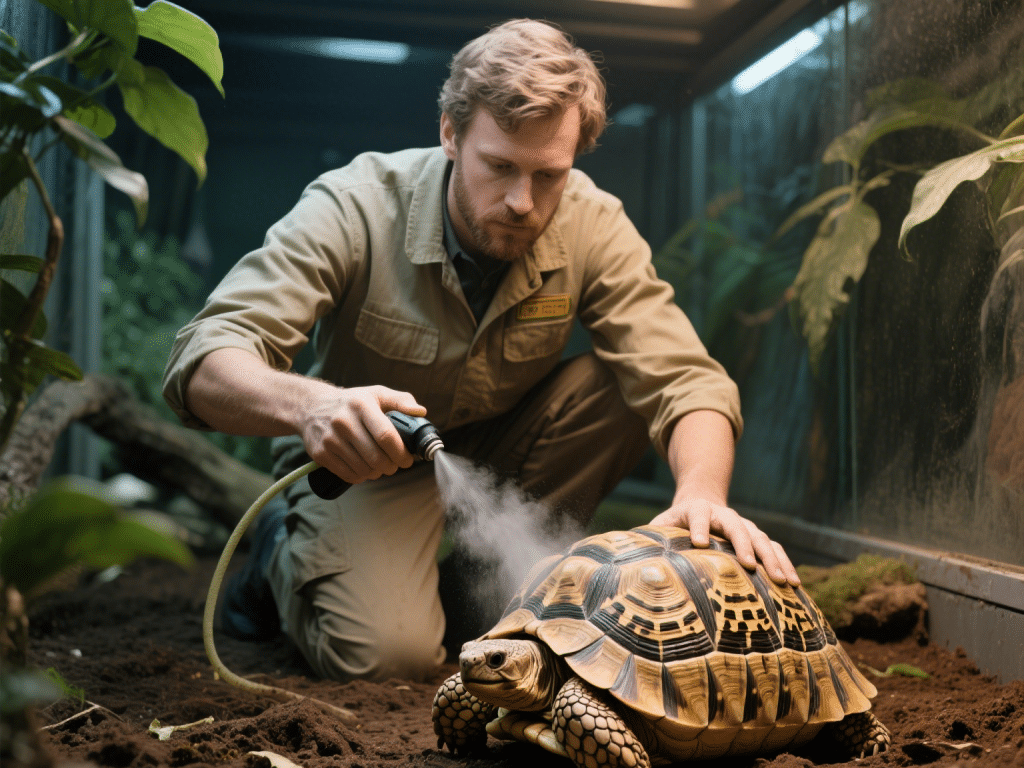

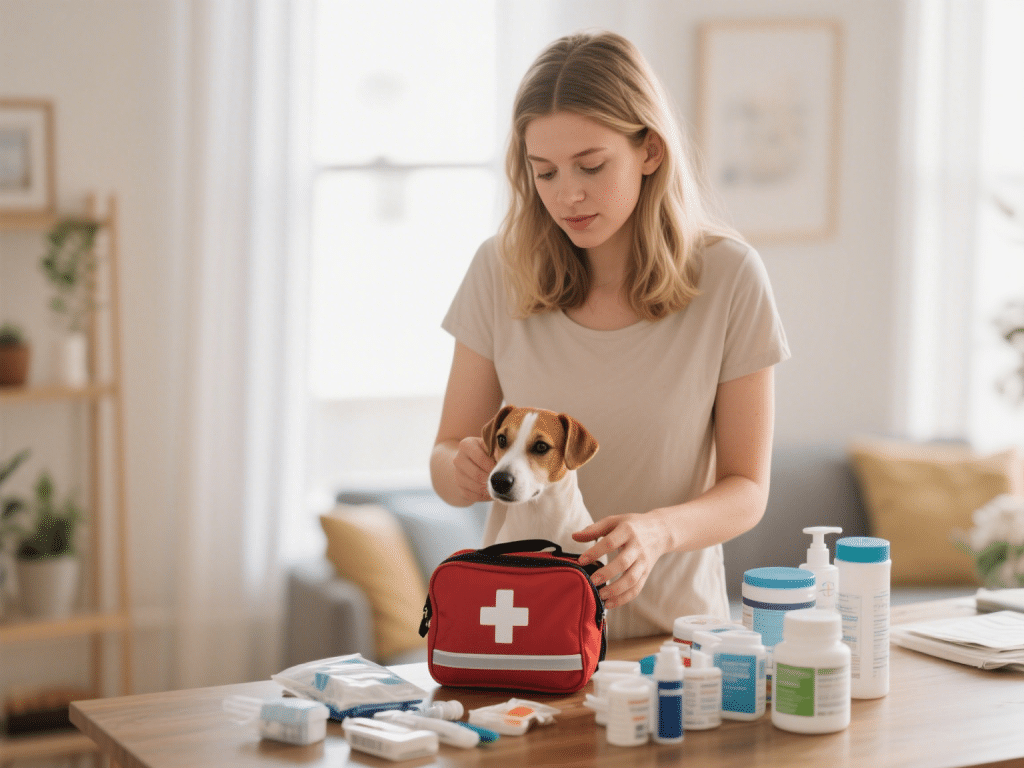
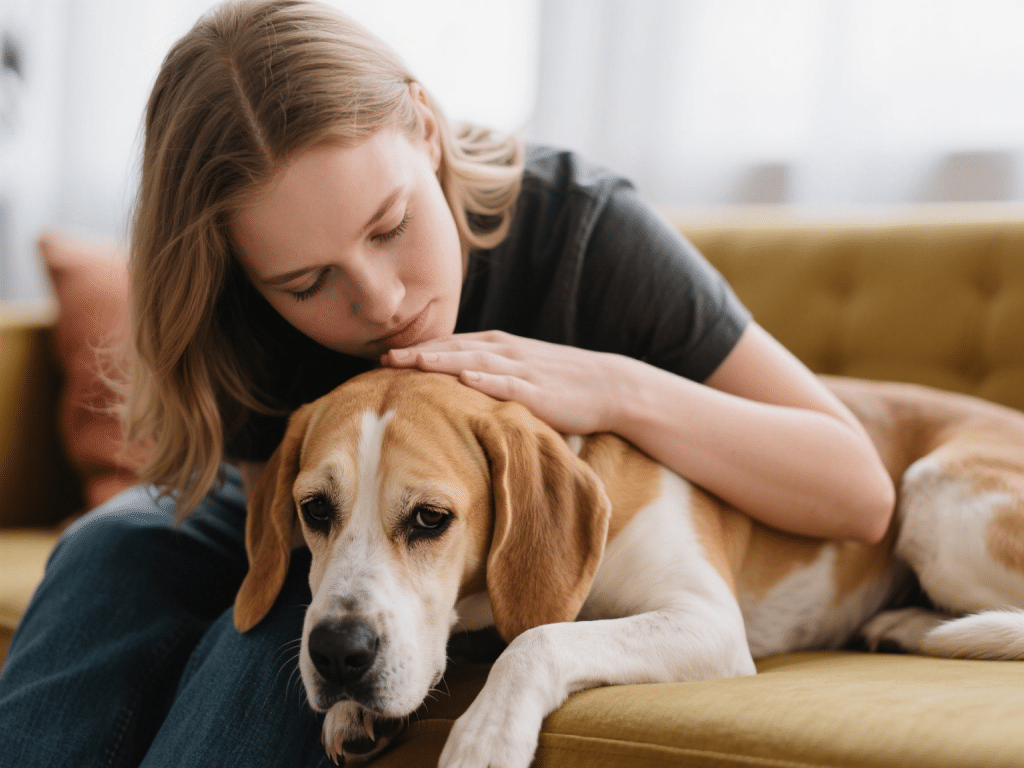
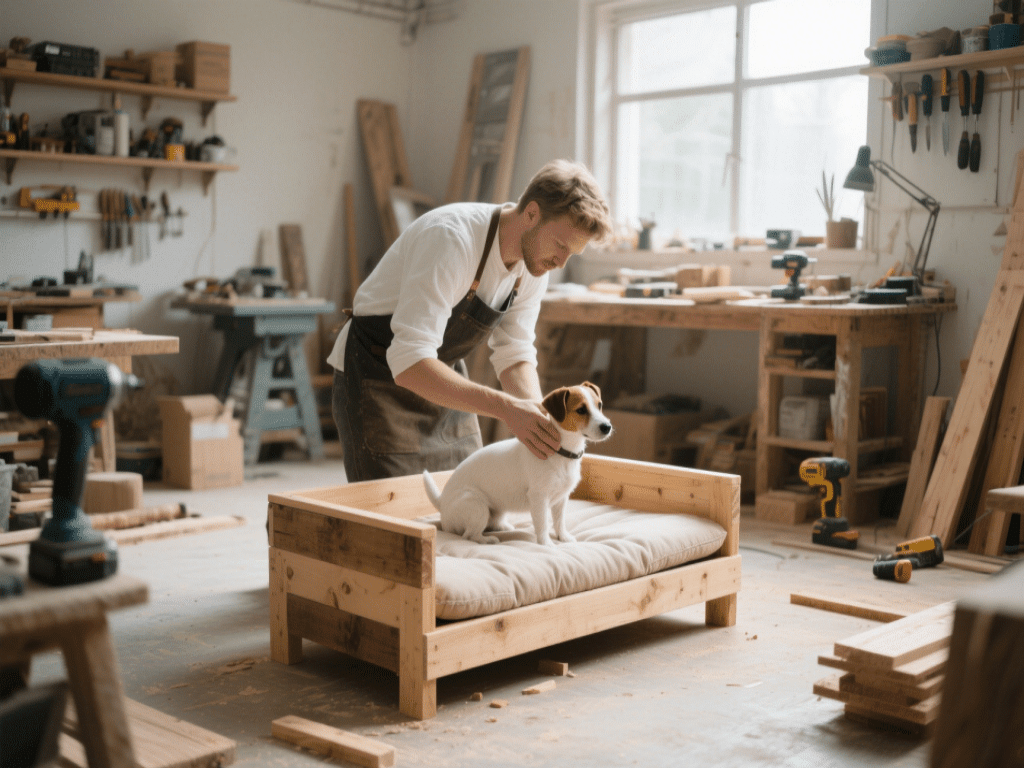
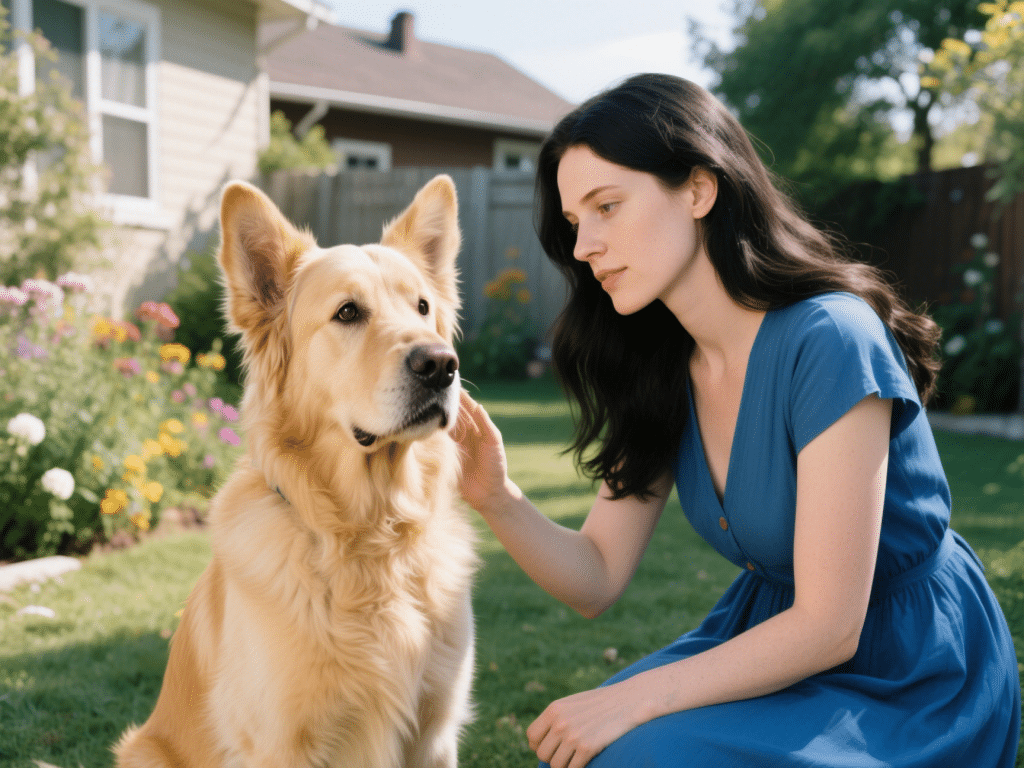

Comments on "How to Create a Safe and Comfortable Home for Your Pet" :